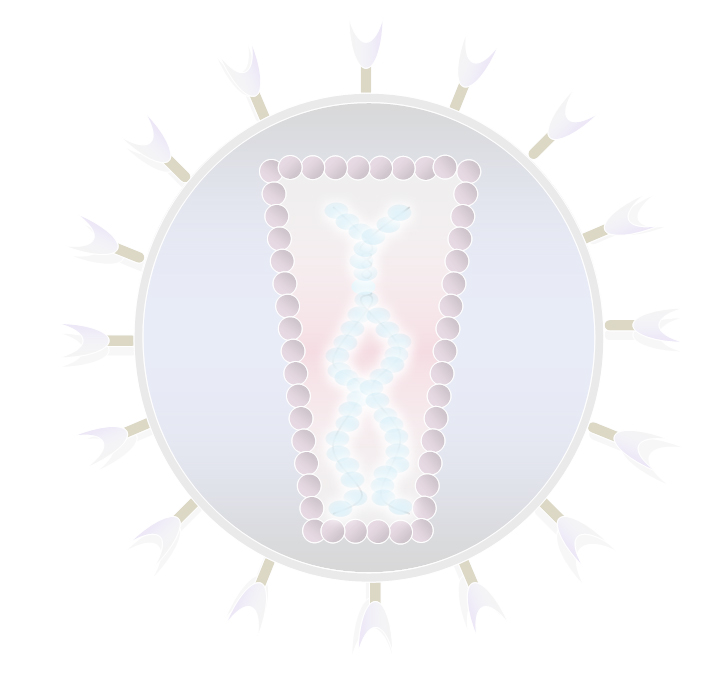|
Research in my laboratory has focused on studying the
role of HIV-reverse transcriptase (RT) and nucleocapsid
protein (NC) in the processes of retroviral
recombination and replication. We also analyze basic
properties of these proteins including how they interact
with specific nucleic acid sequences involved in
replication and how the activities of the proteins as
defined in the test tube, function in cellular
replication. Other projects are aimed at isolating
nucleic acid inhibitors (aptamers) that can bind very
tightly to RT and inhibit its function. We also study
poliovirus replication, specifically by examining the
polymerase (3Dpol) and 3AB proteins. Recombination is
one of the mechanisms that retroviruses like HIV use to
generate genetic diversity. By producing genetic
variants viruses are able to circumvent the host immune
response and escape drug therapies. Currently we work on
several aspects of recombination, including the basic
mechanism(s) by which recombination occurs, NC's role in
stimulating recombination, and the role of specific
viral sequences in recombination. Our basic approach has
been to use in vitro systems that mimic
recombination and replication in the cell to understand
the processes. Our group also collaborates with those of
Drs. Eric Arts and Matteo Negroni on a project to study
how intersubtype recombinants arise (Baird et al.,
2006). These are HIV viruses that form by recombination
between two different subgroups (A and D for example to
produce an A/D recombinant). Intersubtype recombinants
are becoming more prevalent, especially in Asia and
Africa. This could complicate attempts to produce
effective vaccines and drugs as therapies developed
against the more common B and C type viruses may not be
effective against other types or intersubtypes. Another
goal has been to produce in vitro replication
systems that more closely mimic what occurs in the cell.
Such systems could potentially be used to test reverse
transcription and recombination inhibitors. Recently
conditions that allow the production of near genome
length DNA synthesis products have been uncovered in the
lab (Anthony and DeStefano, 2007). This is a major step
as previous systems yielded mostly small products.
Another recent highlight is the discovery of
primer-template sequences that bind HIV-RT with high
affinity (DeStefano and Cristofaro, 2006). The sequences
closely resembled the HIV polypurine tract (ppt)
sequence which is pivotal for genome replication. The
results suggested that HIV-RT has co-evolved with this
region to ensure tight binding and efficient
replication. We are currently analyzing other
retroviruses to see if all RTs evolved to bind their
cognate ppt sequence tightly. In addition, this
information was used to develop a small nucleic acid
inhibitor of HIV-RT that we are currently testing to see
if it can inhibit viral infection of cells. Recent
highlights of our poliovirus work include the finding
that 3AB is a nucleic acid chaperone protein (DeStefano
and Titlope, 2006). Chaperones like HIV NC protein, help
nucleic acids fold properly and in the case of NC, are
involved in several steps of the virus life cycle.
Protein 3AB is important for anchoring poliovirus
replication complexes to internal cell membranes (3A
portion) and serving as the "protein primer" for genome
replication (3B portion). It has been studied for
several years and our lab was the first to recognize its
chaperone activity. Site-directed mutagenesis is
currently by used to map the chaperone function of the
protein. By studying unique aspects of the HIV and
poliovirus life cycle we hope to contribute to new
therapies that exploit these unique functions.
|
